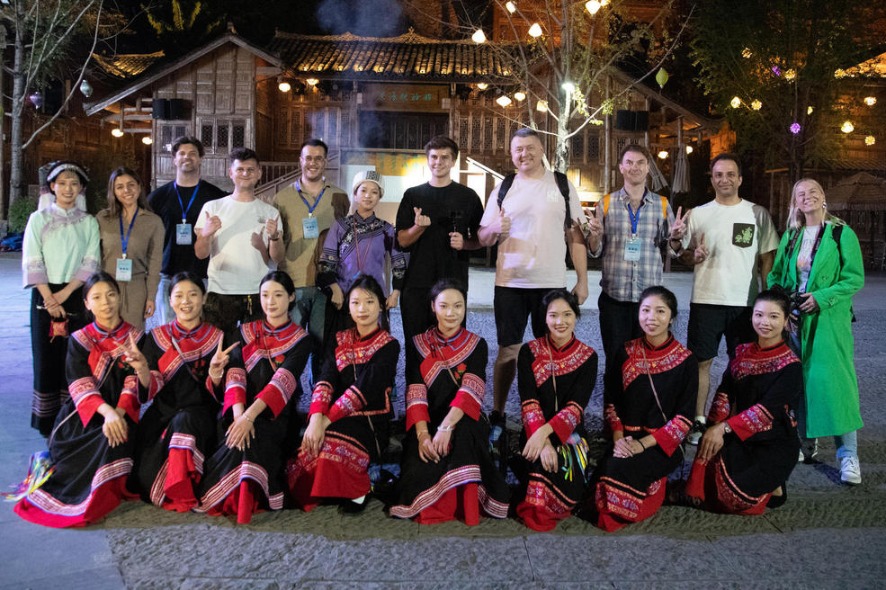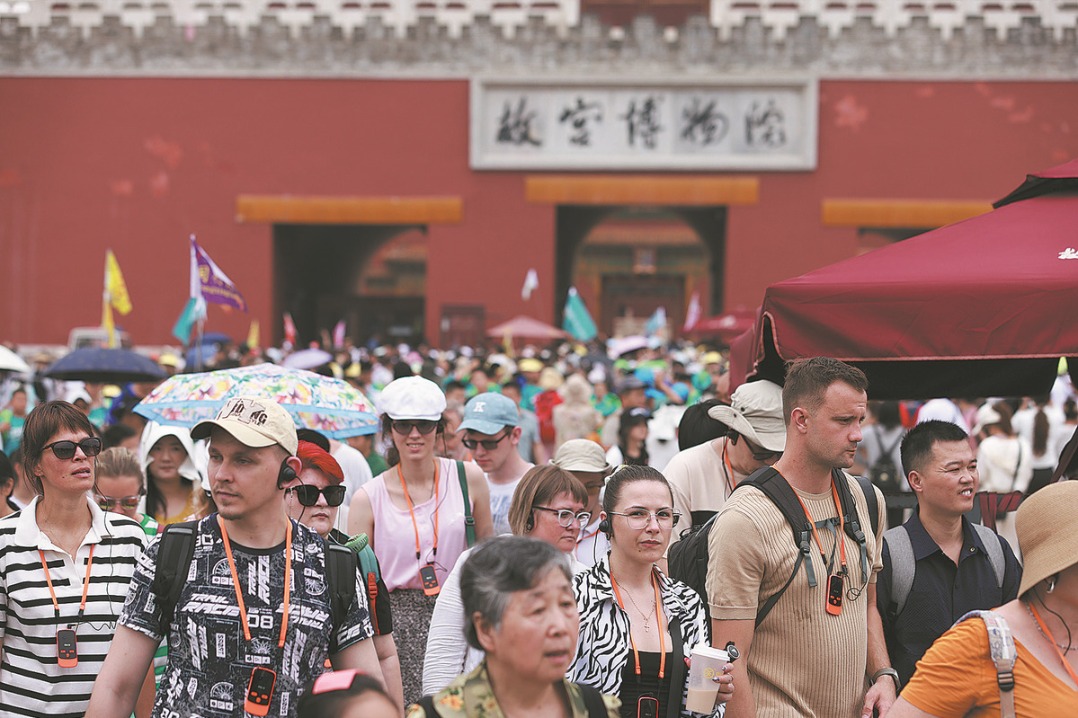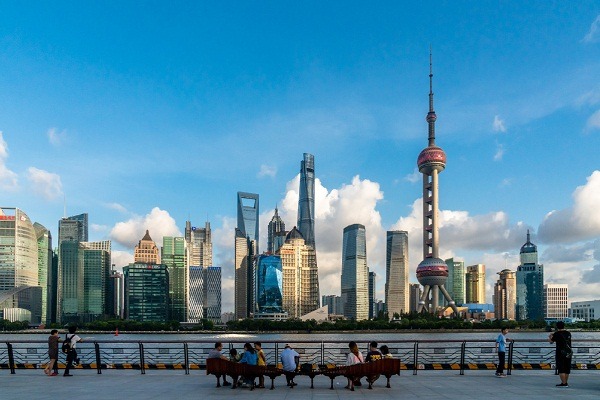'Overcapacity' an excuse to target 'made-in-China'


Recently some US and EU officials have said China's overcapacity distorts global pricing and production patterns. Concurrently, the Joe Biden administration is considering imposing high tariffs on Chinese steel and aluminum, potentially opening a new front in the ongoing trade conflicts in order to contain Beijing's "made in China" drive.
Overcapacity is an economic term that signifies a situation in which there is too much production capacity relative to current demand levels, and hence it should not be overly "pan-securitized". Capacity utilization rates are crucial indicators of whether capacity is adequately leveraged, with a very high rate generally indicating a shortage and a low rate suggesting excess capacity or an irrational capacity structure.
According to the latest data from Trading Economics, the US has a capacity utilization rate of 78.3 percent while China's stands at 75.9 percent. Developed countries including the US and European nations consider any rate between 79 percent and 83 percent an indicator of supply and demand. China's rate is not significantly lower than the healthy range.
Moreover, China has eliminated outdated steel production capacity to a large extent, having reduced about 300 million tons of steel and 1 billion tons of coal capacities, including entirely eliminating 140 million tons of substandard steel capacity, over the past decade.
Western pressure on China's industries and trade has intensified in recent years, with many Western countries restricting the export of semiconductors to China and curbing the import of Chinese-made new energy vehicles, while taking "reshoring" or "near-shoring" measures, further exacerbating global overcapacity and straining the global economic governance system.
This is not the first time the West is using "overcapacity" as a pretext to suppress China's manufacturing sector. In 2012, the European Commission initiated an anti-dumping investigation into Chinese photovoltaic products, initially planning to impose a 47.6 percent tariff on them. But in July 2013, China and the European Union "amicably" settled the photovoltaic trade dispute.
Unlike previous occasions, however, this round of scrutiny by the West is focused on China's advanced manufacturing, particularly in clean energy sectors such as electric vehicles (EVs), photovoltaic panels and lithium batteries — areas in which there is intense Sino-US competition and China enjoys competitive advantages.
In recent years, spurred by the "New Washington Consensus", the Joe Biden administration has increasingly used administrative and other non-market forces to ensure it has the upper hand in its competition with China in strategic future industries. Also, the US has been strengthening the industrial policy through government intervention, which, in essence, is strategic protectionism.
As many as 49 industries including automobile, aerospace, defense, electrical equipment, information and communications technology, and renewable energy in the US get huge government subsidies.
Also, while strengthening itself, the US has also increased efforts to weaken others. In recent years, under the guise of combating climate change and promoting low-carbon development, the US has enacted the Inflation Reduction Act, which imposes discriminatory subsidy policies on products from World Trade Organization member states, specifically EVs from China.
These measures distort fair competition and will disrupt the global supply chains, as well as violate WTO rules of national treatment and most-favored-nation status. With the US presidential election still seven months away, the "overcapacity" issue is likely to be exploited by US politicians on the campaign trail, and the US could intensify its rhetoric on China's overcapacity, possibly imposing tariffs on Chinese exports including EVs, power batteries and photovoltaic panels.
It could also ramp up anti-subsidy and anti-dumping investigations, and impose green or labor standards barriers to limit Chinese exports. Alternatively, it may continue to forge alliances based on different issues to contain China.
The overarching US strategy of exaggerating the issue of China's overcapacity is not aimed at striking a balance between global supply and demand; instead, it is aimed at checking China's industrial development by resorting to a beggar-thy-neighbor policy.
The narrative of overcapacity is crafted by the US to curb China's industrial upgrading, safeguard certain Western countries' vested interests in the global industry and supply chains, promote the reshoring of supply chains to the US, bolster the US' manufacturing competitiveness, contain China's technological progress and prevent it from achieving breakthroughs in advanced manufacturing and strategic industries.
The author is deputy director of the Institute of American and European Studies at the China Center for International Economic Exchanges. The views don't necessarily represent those of China Daily.
If you have a specific expertise, or would like to share your thought about our stories, then send us your writings at opinion@chinadaily.com.cn, and comment@chinadaily.com.cn.































